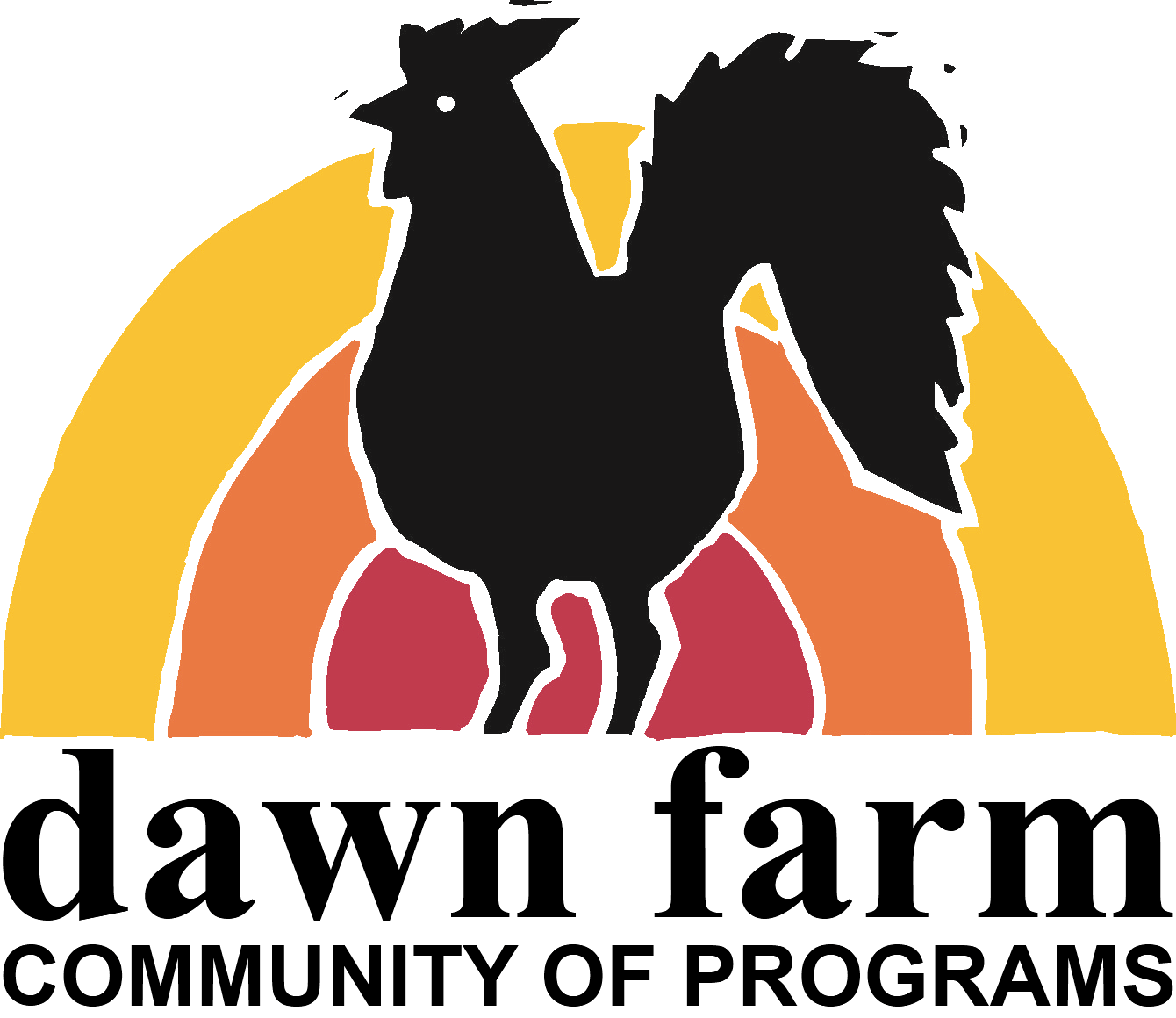Don’t you want the same treatment that addicted physicians get?
hoosing a treatment program is an overwhelming task. The choice must often be made in the middle of a crisis and it must be made quickly. Researching what experts say only adds to the confusion. Some advocate 12 step recovery, other advocate medications as the best path to recovery and still others say that their book and $50,000 treatment program will provide a cure.
One question can cut through all of this confusion, “What kind of treatment do addicted doctors get?” This question avoids arguments about treatment models, evidence-based practices and the effectiveness of 12 step groups. It moves past what physicians recommend for you or your loved one and what they actually do for their peers.
What does treatment for doctors look like?
Formal treatment. “The first phase of formal addiction treatment for two thirds of these physicians (69%) was residential care often for 90 days.”
Pharmacotherapy. “Use of pharmacotherapy as a component of treatment for SUDs or comorbid psychiatric conditions was uncommon. Only 1 of the 904 physicians studied was placed on methadone for an opiate-dependence problem. Naltrexone was prescribed for 46 physicians (5%) as an adjunct to treatment. About a third (32%) were prescribed an antidepressant for comorbid depression or anxiety disorders.”
 Supportive services. “Supportive services used by these recovering physicians included AA or NA 12-step groups (92%), aftercare groups from their formal treatment programs (61%), and follow-up from the PHP monitors (53%).”2
Supportive services. “Supportive services used by these recovering physicians included AA or NA 12-step groups (92%), aftercare groups from their formal treatment programs (61%), and follow-up from the PHP monitors (53%).”2
Long-term support and monitoring. “After completion of initial formal addiction treatment, all PHPs developed a continuing care contract with the identified physician consisting of support, counseling, and monitoring for usually 5 years.”1
Drug testing. “Physicians were tested on average twice a month, usually with more frequent testing at the start of the agreement period and reduced testing following periods of stable negative drug test results. For physicians with substance dependence, the average period of testing was 47 months.”2
Dealing with relapse. “Relapses . . . were usually addressed by a combination of increased intensity of care and monitoring and by immediately informing family and colleagues of the physician to enlist their support in promoting compliance with the contracted behavioral changes. The most common response [to more serious relapses] was to recommend discontinuation of work to undergo a reevaluation.”1
Outcomes. “Over the 5-year period, 22% of physicians had at least one detected instance of alcohol or drug use. As indicated, the detection of substance use usually resulted in more intensive treatment and monitoring, and among those whose substance use was detected, only 26% had a repeat positive test during the 5 years. At the 5-year follow-up, 71% of this sample were working and licensed; 18% had retired or had their licenses revoked, had retired, or died; and 5% had an unknown status.”1
Key differences between Dawn Farm and Physician Health Programs
You may have noticed the partially filled circles on the chart above. The key factor is the duration of monitoring and support. In PHPs, it typically lasts 5 years. This long term engagement is achieved through workplace and licensing monitoring. We do not have these mechanisms to extend monitoring this far or to continue if the patient chooses to terminate the helping relationship.
While we have not yet been able to match this 5 year monitoring period, our programs are designed to maintain engagement for up to 2.25 years, much longer than most treatment programs.
Drug testing. In the early months of treatment and monitoring physicians are tested as often as 5 days a week. Testing frequency tapers over time and averages a duration of about 4 years. Dawn Farm’s testing is random or when relapse concerns have been raised. This means it is done far less frequently and it ends when they leave treatment or housing.
Recovery support and monitoring. The difference here is a function of the duration described above.
We believe that Dawn Farm offers a treatment intervention that is effective – and is long enough to produce significantly-improved outcomes. We would be happy to talk with you more about our model of care.
Sources
1 DuPont RL, McLellan AT, Carr G., (2009). How are addicted physicians treated? A national survey of Physician Health Programs. Journal of Substance Abuse Treatment, 1-7.
2 Dupont RL, McLellan AT, White WL, Merlo LJ, Gold MS. Setting the standard for recovery: Physicians' Health Programs. Journal of substance abuse treatment. 2009 Mar; 36(2):159--71.
